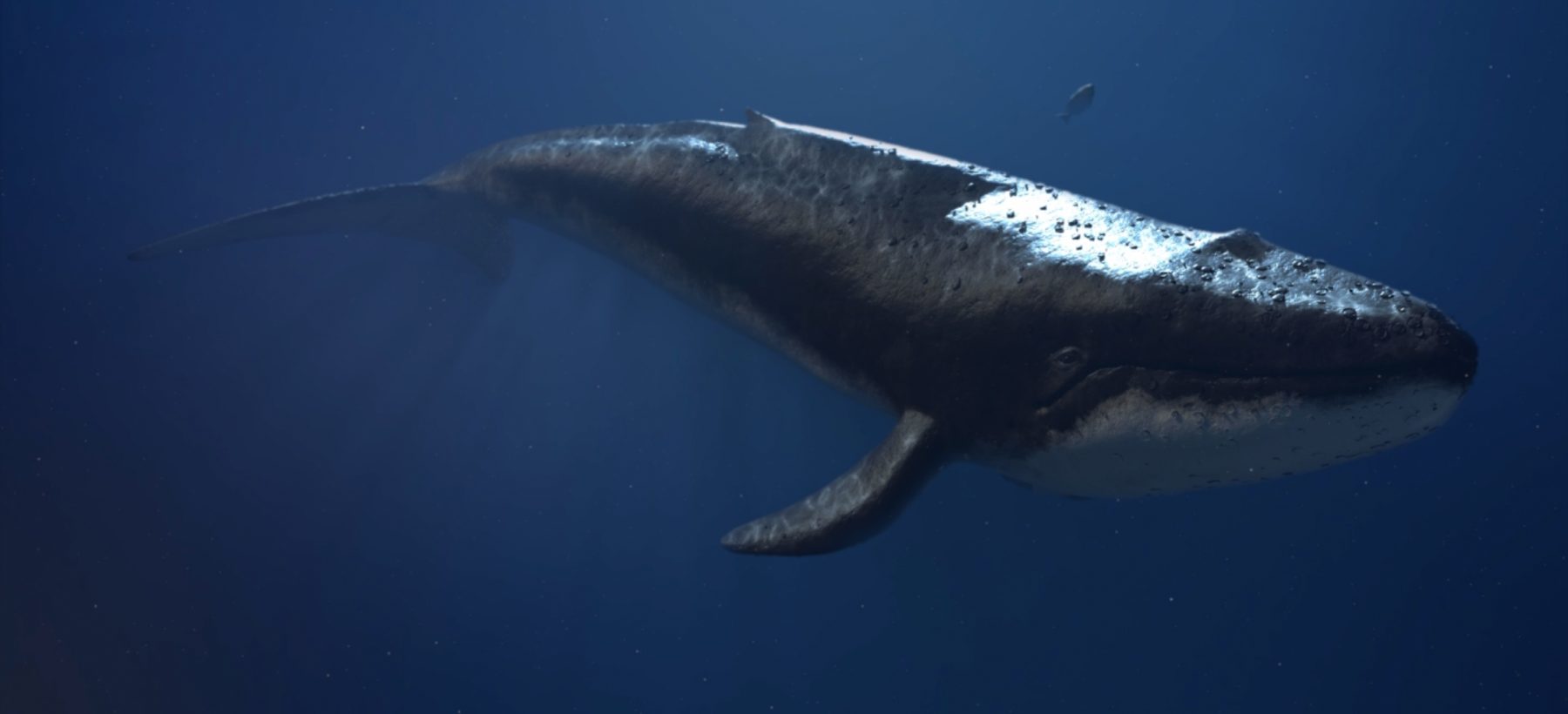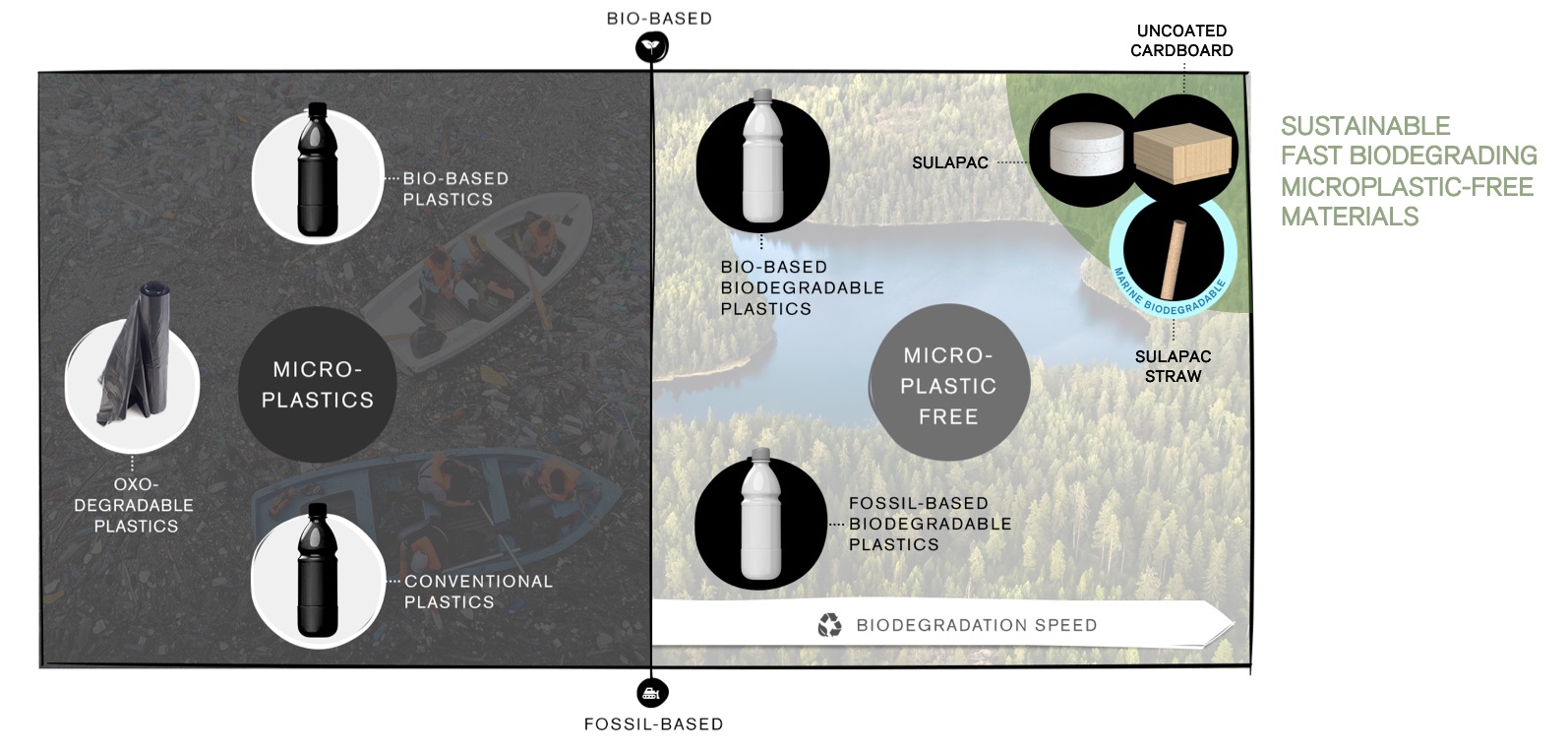The Problem with the Single-use Plastic Directive
In May 2019, the Single-use plastics EU directive (SUP) was approved. The directive introduces new restrictions on certain single-use plastic products and bans the use of certain throwaway plastic products altogether by 2021. Our mission at Sulapac is to save the world from plastic waste, and we are happy to see policymakers fight for the same cause. But we are also worried about a central issue with the directive: the broad definition of plastic, which could make it hard for sustainable material alternatives to emerge.

While the directive addresses concrete actions for fighting the world’s plastic crisis, it leaves a lot of room for interpretation. Under the new rules, specific measures are introduced to reduce the use of most frequently littered single-use plastic products found in marine environments. The ban includes single-use plastic plates, cutlery, straws, stirrers, balloon sticks and cotton bud sticks. Our concern is that due to the unclear and too broad definition of plastic, the directive will not be effective in meeting its objectives to reduce the impact of certain plastic products on the environment and promote new sustainable material innovations. We suggest a framework, which instead of classifying materials into ‘plastics’ and ‘non-plastics’, would make a difference between microplastic-free and microplastics-releasing materials.
The broad definition of plastic
The word plastic derives from the Greek πλαστικός(plastikos) meaning “capable of being shaped or molded”. Plastics are made of polymers, which are long chains consisting of repeating building blocks called monomers, and various additives. In addition to plastics, there are various other materials, such as wood, paper and silk, which also contain polymers. Furthermore, many new material solutions are layered or mixed combinations of different material types, which makes their classification into ‘plastics’ and ‘non-plastics’ even more complicated.
In the SUP directive ‘plastic’* means any material consisting of polymers, with the exception of natural polymers that have not been chemically modified.This definition is so broad that it can be argued that even paper meets the criteria of plastics, as in addition to cellulose pulp, all paper types contain binders and retention agents, which typically are either fossil polymers of modified natural polymers. This example clearly shows that the directive’s definition of plastic is unclear and leaves much room for interpretation.
The problem will repeat itself, if the unclear definition for plastics in SUP is adopted to other new regulations. At the moment, a reform of Extended Producer Responsibility is under development in several countries, and many member states consider introducing specific plastic packaging taxes. Some of these proposals have aligned the definition of ‘plastics’ with that of SUP, which does not recognize the truly microplastic-free materials, but groups them together with traditional oil based plastics.
*) SUP-directive, Article 3: “plastic means a material consisting of a polymer within the meaning of Article 3(5) of Regulation (EC) No 1907/2006, to which additives or other substances may have been added, and which can function as a main structural component of final products, with the exception of natural polymers that have not been chemically modified.” (Natural polymers are polymer molecules that are fabricated by the nature, such as proteins, starches, cellulose and DNA.)
New certificate to recognize microplastic-free materials
A framework which would differentiate between microplastic-free and microplastic-releasing materials would provide means to transparently and consistently recognize sustainable material innovations, which are safe, circular and microplastic-free.
As the biodegradation of a material depends highly on the specific environment (compost, soil, marine, etc.) and the time frame, the current standards are insufficient in their ability to predict the microplastic emissions. The establishment of a new microplastic-free certificate is therefore needed. Only products of the highest environmental standards would pass the tests so that material ultimately decomposes into carbon dioxide, biomass and water within similar time frame as tree leaves in nature.

Plastics are traditionally categorized according to their raw material source and biodegradability. We suggest new division of polymeric materials into two categories: microplastic-free and microplastic-releasing materials.
The way to a consistent consumer communication
With the new certificate, we could start using the term ‘microplastic-free’ to also communicate more clearly with consumers. This would be a much more precise message than ‘plastic-free’, which is now being used in various meanings by different stakeholders. ‘Microplastic-free’ is also more unambiguous than the adjective ‘biodegradable’, which is ill-defined and often confused with the expression ‘bio-based’. A microplastics-free label would provide consumers important information for sustainable choice making.
Maija Pohjakallio
Sustainability Director
D.Sc. (Tech)